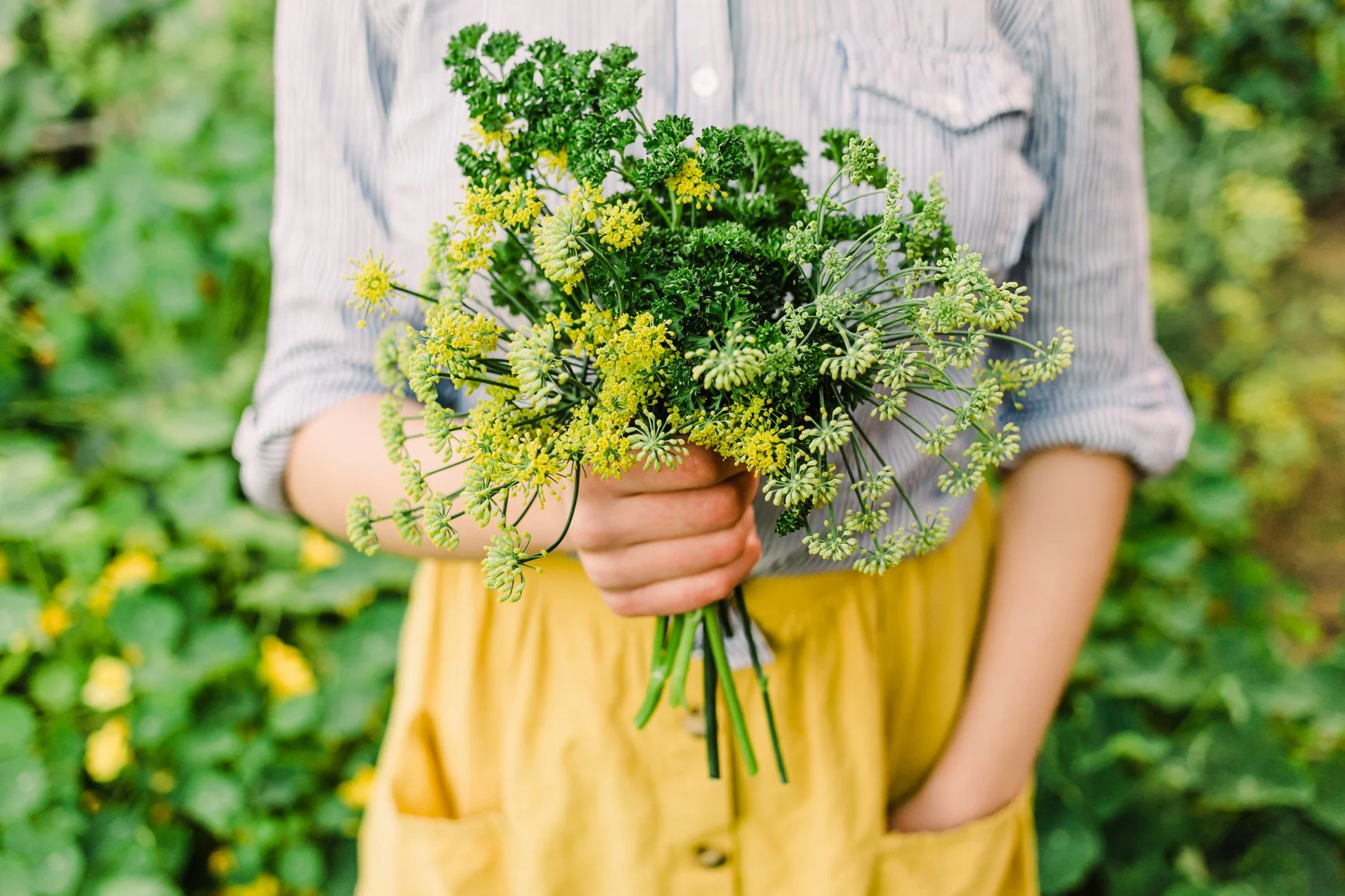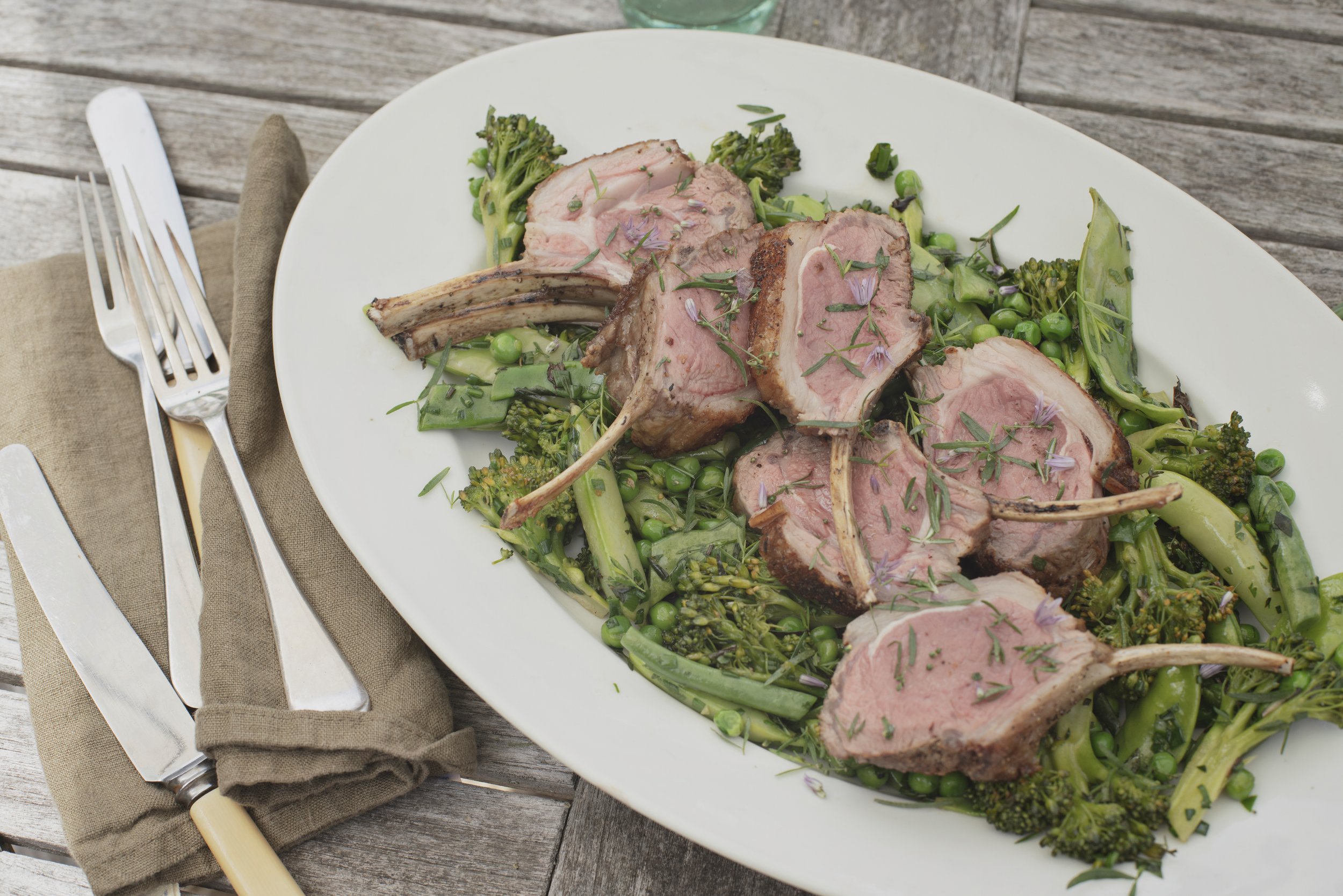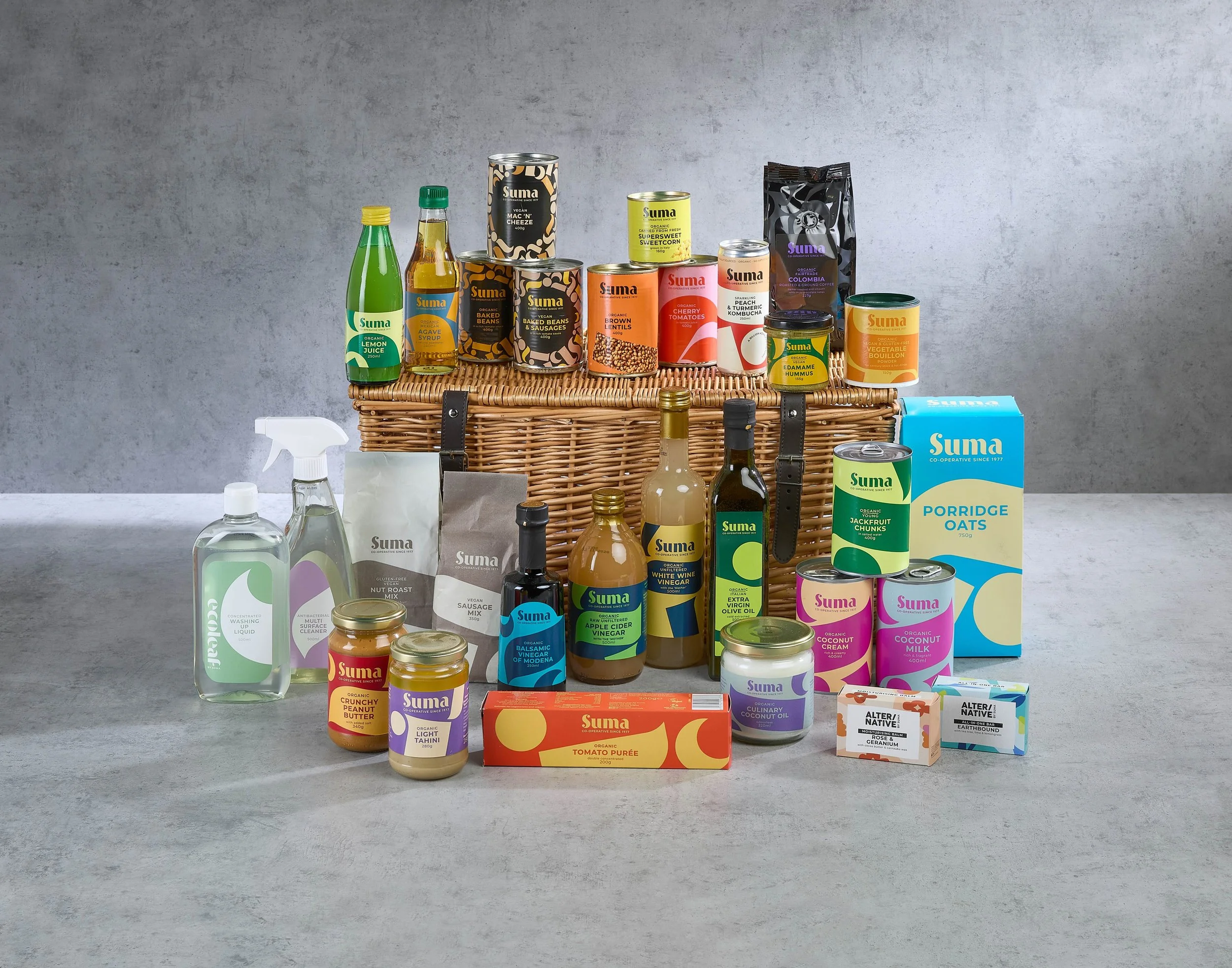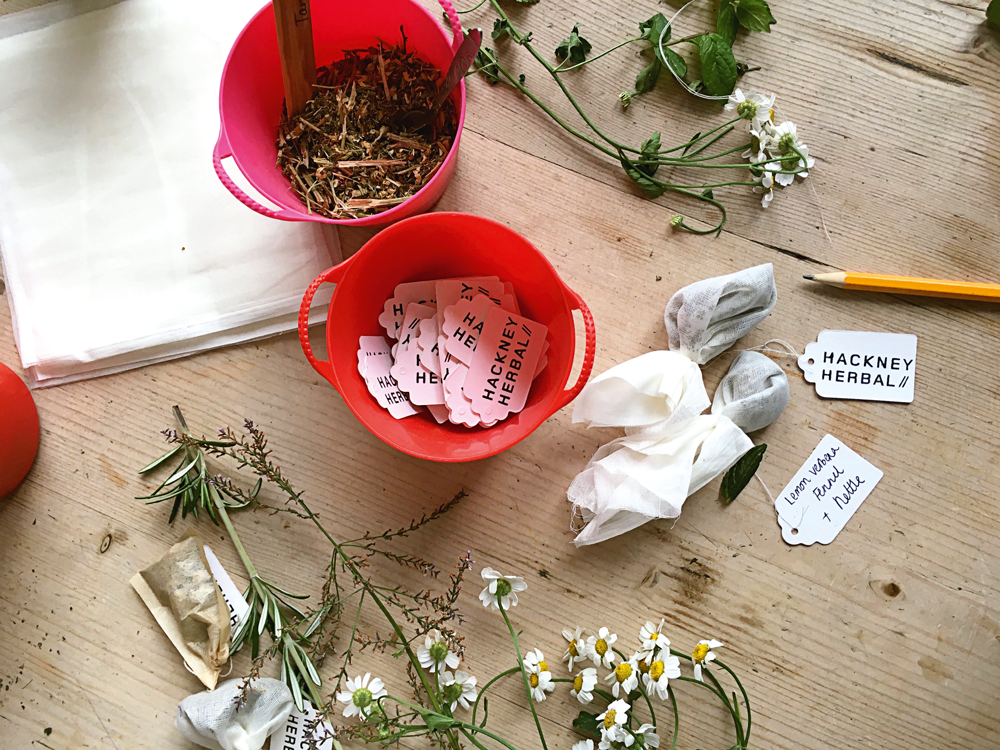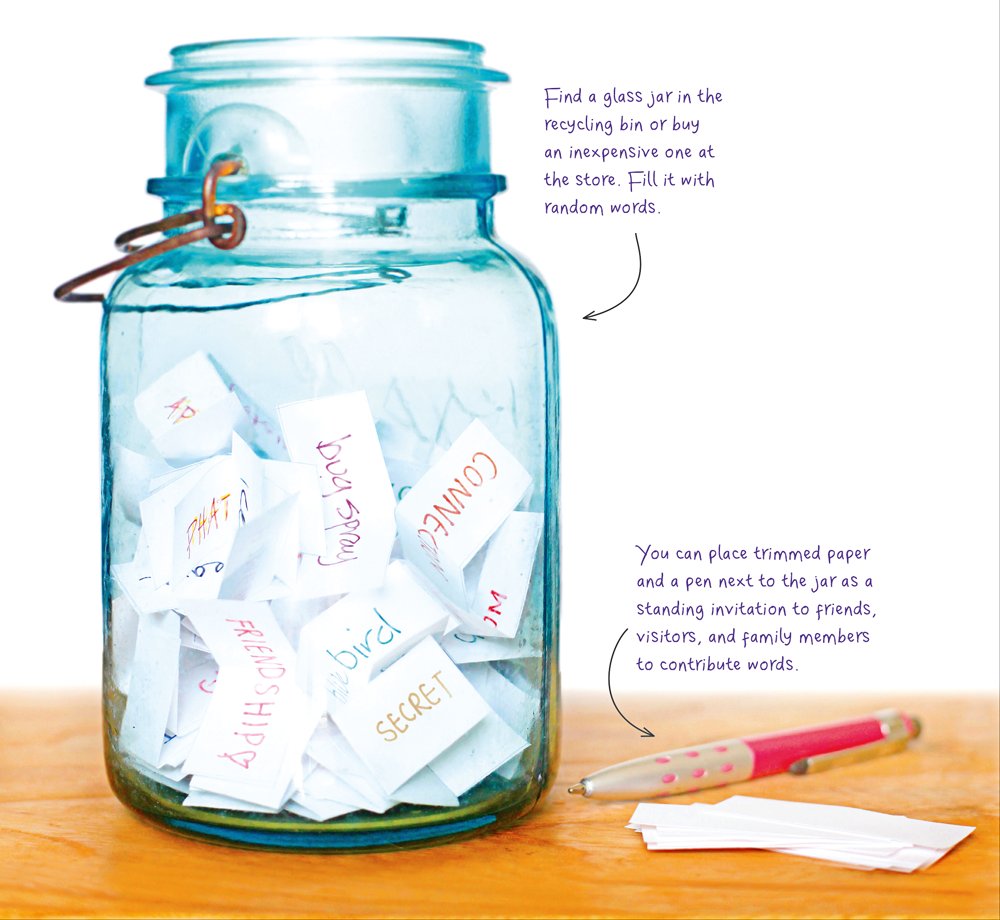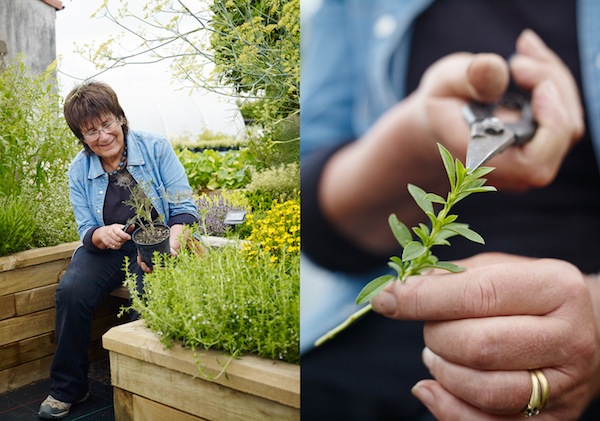Nothing beats growing your own, whether that's on a patio., in a window box or even just a pot, this month inside The Simple Things we give you some tips on how to turn the tiniest of spaces into big harvests, but if you need a little more inspiration here are our top five books on how to get the most from your garden/trolley/tub etc


Teeny Tiny Gardening Emma Hardy
If you can't go out, go up, Emma Hardy shows you how to make herbs, vegetables and salad leaves thrive in pots on balconies and doorsteps, no garden needed. The book retails at £14.99 but readers of The Simple Things can get a discount call 01256 302699 quote GLR 8BN to purchase a copy at the special price of £12.99 including free P&P!
 Good Companions Josie Jeffery
Good Companions Josie Jeffery
The ancient practice of companion planting is a simple, eco-friendly method of combining species that help each other out. Revived by American back‑to-the-land activist Bolton Hall in the early 20th century and taken up by the Good Lifers of the 1960s and 1970s, it’s perfect for busy modern gardeners too.
Good Companions: The Mix & Match Guide to Companion Planting explains the history and benefits of the technique, and offers top combining tips, such as dandelions and fruit trees, or clover and cabbage. Flipbook pages help you to mix and match your chosen plant, whether tomato, peach or plum, with the best partners to nourish its roots, deter pests and enhance flavour – all totally chemical-free. Keen gardeners and novices alike will find much to learn and use in Jeffery’s highly readable guide.
 The Speedy Vegetable GardenMark Diacono & Lia Leendertz
The Speedy Vegetable GardenMark Diacono & Lia Leendertz
Time is of the essence with this bright little book, which promises crops within weeks, days and even hours. The Speedy Vegetable Garden offers tips on how to sow, nurture and harvest 50 quick grows, such as the herb cilantro, which takes 14 days, or fennel, edible after ten. It also offers alternative varieties of traditional slow-growing plants, such as dwarf French beans, which take 60 days, or early potatoes, ready in 75. Perfect for the busy urban gardener, plants can be grown in pots and on windowsills for quick, healthy sustenance.
 HOMEGROWN REVOLUTION James Wong
HOMEGROWN REVOLUTION James Wong
Superfoods are big business, but ironically they can also be tricky to find. With his new book, James Wong shows how simple it is to grow unusual greens, veg and herbs at home. He’s also keen to point out that many of these crops are easier to grow than what he dubs ‘wartime ration book’ allotment crops. He shows how to grow a quirky selection, including cucamelons, Tasmanian mountain pepper, quinoa and red strawberry popcorn. Each ingredient comes with how to grow, harvest and eat them. And, most importantly, a great set of recipes is included too.
 Gifts from the Garden Debora Robertson
The garden can provide an infinite source of inspiration, and in her book, Debora Robertson takes herbs, flowers, fruit, vegetables and nuts to make special and unusual gifts to give away. You can learn how to make decorated stationery, herbal face wash and even marigold cheese, with flowers and ingredients that you have grown yourself. All the instructions and recipes in the book are beautifully laid out, with great photography and lots of extra tips and suggestions. Plus there are ideas for taking things from your garden and using them as embellishments for when you are wrapping the gifts you’ve made.
Gifts from the Garden Debora Robertson
The garden can provide an infinite source of inspiration, and in her book, Debora Robertson takes herbs, flowers, fruit, vegetables and nuts to make special and unusual gifts to give away. You can learn how to make decorated stationery, herbal face wash and even marigold cheese, with flowers and ingredients that you have grown yourself. All the instructions and recipes in the book are beautifully laid out, with great photography and lots of extra tips and suggestions. Plus there are ideas for taking things from your garden and using them as embellishments for when you are wrapping the gifts you’ve made.

